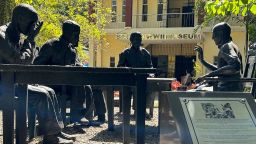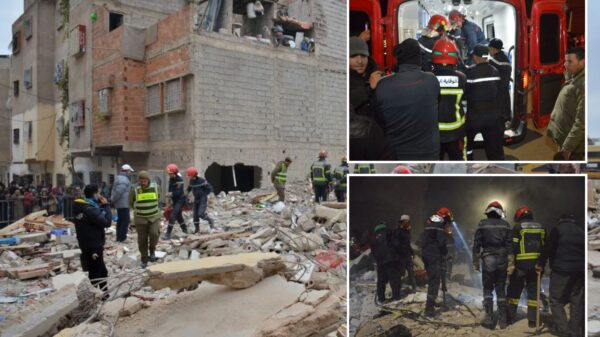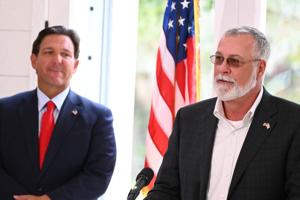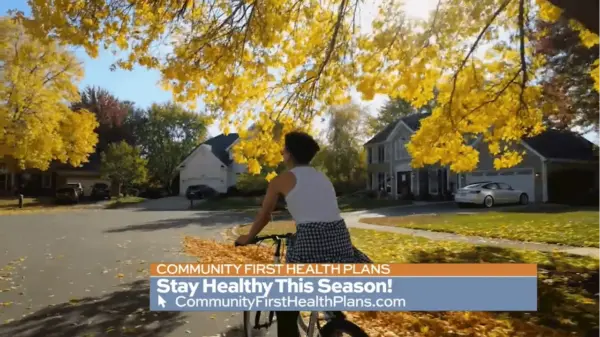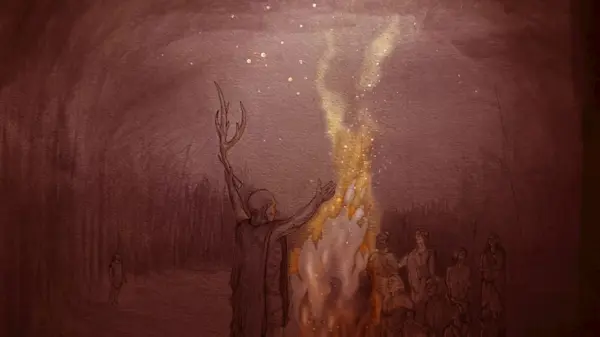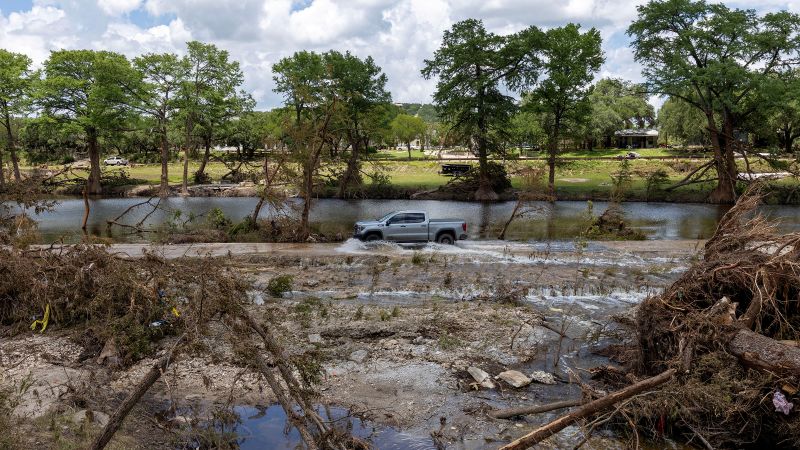In the wake of devastating floods that left over 160 people missing in central Texas, President Donald Trump is set to visit the region today. The flooding, which has claimed multiple lives and caused significant destruction, has heightened scrutiny over the emergency response systems in place to protect residents.
The catastrophic flooding struck the Texas Hill Country a week ago, affecting communities along the Guadalupe River. As search and rescue efforts continue, local volunteer organizations are working tirelessly to provide food and support to those impacted. Gary LeBlanc, founder of the nonprofit organization Mercy Chefs, deployed to the area shortly after the disaster to serve warm meals to victims and first responders. “The first meals we fed were to search and rescue teams that hadn’t had a hot meal since they started,” LeBlanc stated during an interview with CNN.
He emphasized the emotional toll on the volunteers, many of whom are grappling with the harrowing scenes witnessed during their efforts. “You can see they’re just contemplating the day, and they’ll look up and they’ll say, ‘you know, I’ve seen things today that I can never unsee,’” he shared.
The recovery process is proving difficult for many families. RickyRay Robertson, whose family property borders both sides of the Guadalupe River, described the grim reality of the situation, stating that multiple bodies have been recovered from the area. “There was five as of yesterday, over there and one on this side,” he said, detailing the search for victims. Robertson also recounted an emotional encounter with a couple searching for their missing daughter.
As communities mourn, they are also rallying to rebuild. Residents like Charles Hanson, 91, have taken it upon themselves to assist in the cleanup efforts, stating, “I think the best thing I can do in respect for the people is to help clean up the mess.” His sentiments reflect a shared determination among local residents to move forward despite the overwhelming loss.
In a bid to address the failures in emergency response, Greg Abbott, Governor of Texas, announced plans for a special session of the Texas Legislature to discuss flood response and preparation. This session, scheduled to begin on July 21, 2024, will focus on improving flood warning systems, emergency communications, and securing relief funding for affected residents.
The need for a more robust flood warning system has been underscored by recent events. In a hazard mitigation report submitted to the Federal Emergency Management Agency (FEMA) last October, Kerr County officials warned of the likelihood of a flood event occurring within a year. The report emphasized the dangers posed to residents living in vulnerable structures and proposed a local flood warning system, estimating costs to be less than $1 million.
Despite these warnings, multiple efforts to implement a flood warning system in Kerr County have faltered due to budget constraints and community pushback. Previous applications for FEMA funding to establish such a system were denied, raising questions about the county’s preparedness for natural disasters.
As the region grapples with the aftermath of the flooding, community leaders and residents are pressing for change. An online petition advocating for the installation of emergency sirens in Kerr County has garnered nearly 40,000 signatures. State Senator Paul Bettencourt plans to introduce legislation to facilitate the installation of these critical safety measures.
In the face of adversity, the community’s spirit remains resilient. Local artist Roberto Marquez is dedicating his efforts to creating memorial crosses for each life lost in the disaster, fostering a sense of remembrance and healing among the grieving families. “Eventually, all of this makes a big difference,” he remarked.
In related developments, Governor Abbott has directed the Texas Division of Emergency Management to request that additional counties be included in President Trump’s major disaster declaration. The request aims to extend federal assistance to counties such as Burnet, San Saba, Tom Green, Travis, and Williamson, providing much-needed support for recovery efforts.
As the search for the missing continues and communities unite to rebuild, the urgent need for improved emergency preparedness in Central Texas has never been clearer.






